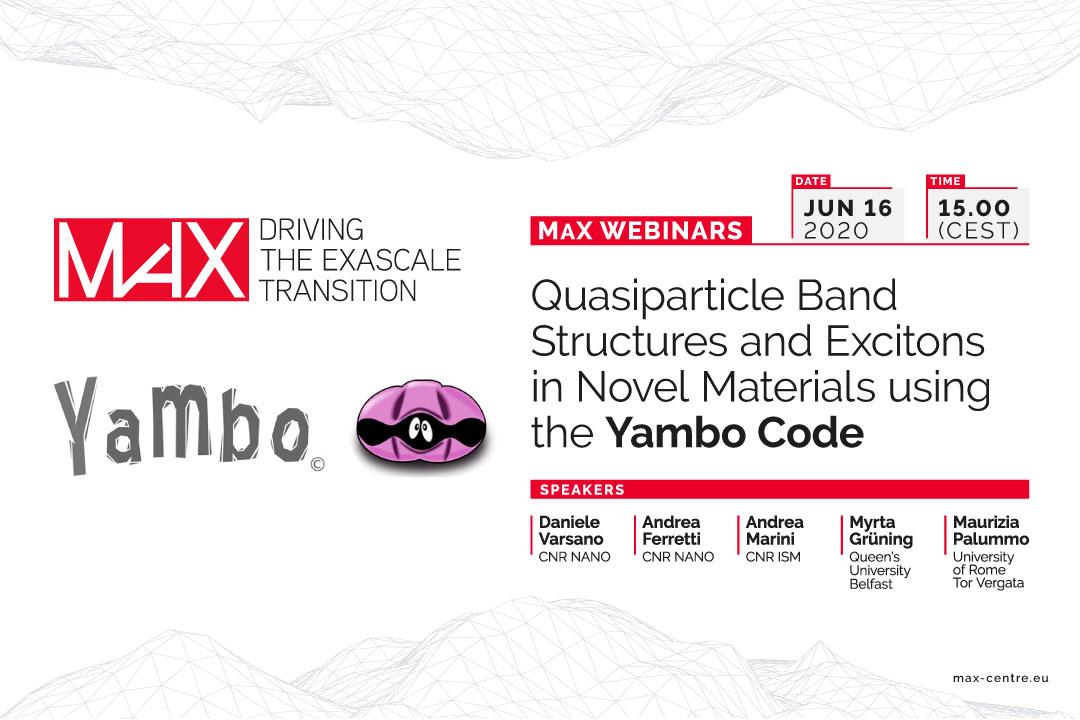
Thank you for joining us on our webinar on "Quasiparticle Band Structures and Excitons in Novel Materials using the Yambo Code".
The webinar slides and video recording are available below. Read the Yambo webinar - highlights and takeaways here.
Download a copy now!
- Webinar Introduction - Daniele Varsano, CNR NANO
- Code intro, Yambo Educational and User support - Andrea Marini, CNR ISM
- Quasi-particles and excitons using Yambo - Maurizia Palummo, University of Rome Tor Vergata
- In Real-Time: nonlinear optical spectroscopy - Myrta Grüning, Queen's University Belfast
- Yambo at HPC: running in parallel on GPUs - Andrea Ferretti, CNR NANO
Don't miss to register on the next MaX webinar on CP2K code, visit the official page.
Description and scope
Yambo is an open-source project aimed at studying excited state properties of condensed matter systems from first principles using many-body methods. As input, Yambo requires ground state electronic structure data as computed by density functional theory codes such as Quantum ESPRESSO and Abinit. Yambo’s capabilities include the calculation of linear response quantities, quasi-particle corrections based on the GW formalism, optical absorption, and other spectroscopic quantities. Recent developments range from the electron-phonon interaction and a real-time approach to linear and non-linear optical properties.
New HPC clusters based on accelerators will soon enter the production phase. These machines are conceptually different from most of those previously employed by Yambo users. Indeed, Yambo HPC users are typically accustomed to machines based on massive MPI parallelism and often need to acquire more familiarity with heterogeneous machines based on GPUs.
The MaX European Centre of Excellence is working to prepare Yambo for the forthcoming pre- and exascale machine. The scope of this webinar is, indeed, to provide a broad view of the Yambo code, where to get it from and how to use it. We will also provide an update of the status of the GPU version and outline the roadmap for its future evolution. We will also provide a basic set of instructions on how to tune and use the code efficiently on these new HPC systems.
Following a general introduction on linear response, quasiparticles and excitonic effects the webinar will focus on how to obtain an optimal performance on these new systems. An introductory talk will provide basic instructions on how to manage the resources on GPU-based machines, followed by a tutorial explaining how to compile and tune up the code.
Who should attend
Users of electronic structure codes interested in the calculation of excited-state properties, particularly those who plan to start working on modern heterogeneous (accelerated) HPC machines. In particular, after a guided tour of the features of Yambo, the last part of the webinar will provide more specific information for users willing to run on GPU-accelerated machines.
Key Takeaways
- Status and features of Yambo running on GPU based systems
- How to use optimally Yambo on heterogeneous HPC systems
- How to compile and tune-up Yambo for GPUs, which tools and libraries are needed.
Agenda
| 15:00 - 15:05 | Webinar Introduction - Daniele Varsano, CNR NANO |
| 15:05 - 15:20 | Code intro, Yambo Educational and User support - Andrea Marini, CNR ISM |
| 15:20 - 15:40 | Quasi-particles and excitons using Yambo - Maurizia Palummo, University of Rome Tor Vergata |
| 15:40 - 16:00 | In Real Time: nonlinear optical spectroscopy - Myrta Grüning, Queen's University Belfast |
| 16:00 - 16:20 | Yambo at HPC: running in parallel on GPUs - Andrea Ferretti, CNR NANO |
| 16:20 - 16:30 | Closing Remarks |
See you at our next webinar. Register now!
WEBINAR SPEAKERS
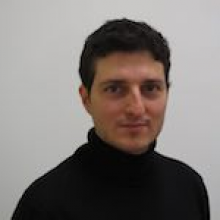
Andrea Ferretti
Andrea Ferretti is a developer of scientific software (Yambo and Quantum ESPRESSO) and author of 50 scientific publications in international and peer-reviewed scientific journals. He works in the field of condensed-matter and solid-state physics, performing ab initio simulations at the DFT level and beyond.
Current research interests focus on the ab initio study of the electronic and transport properties of organic semiconductors and hybrid interfaces.
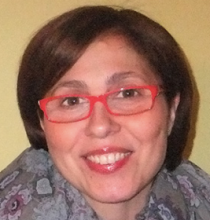
Maurizia Palummo
Maurizia Palummo is Associate professor of Theoretical Condensed Matter Physics at the University or Rome “Tor Vergata”. The main focus of her research is on the ab-initio study of the opto-electronic properties of surfaces, organic compounds, semiconducting nanowires, novel 2D materials and perovskites. She is member of the ETSF and of the Developers & superusers team of Yambo code. Author of more than 100 articles in international peer-reviewed journals, several book chapters and review articles
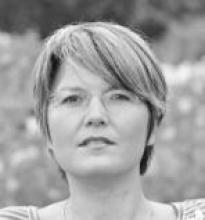
Myrta Grüning
Myrta Grüning, Senior Lecturer at the Queen’s University Belfast, is one of the developer of the Yambo code. Her research interest is in the development of density-functional theory (DFT) approaches and post-DFT approaches based on Many-Body perturbation theory for applications to excited state properties of electronic systems.
She obtained her PhD in Physical Sciences in 2003 from the Vrije Universiteit Amsterdam and worked as post-doctoral researcher at the Donostia International Physics Center (Spain), the University of Louvain (Belgium) and at the University of Coimbra (Portugal), before joining Queen’s University Belfast in 2013.

Andrea Marini
Andrea Marini is the coordinator of the ab-initio Yambo project, head of the Division of Ultrafast Processes in Materials (FLASHit) of the CNR-ISM. He is mainly involved in the development of novel theoretical approaches and computational tools to describe the ground- and excited-state properties of complex materials. He is the founder of the YAMBO project, an interdisciplinary and international collaboration for the implementation of a unified tool for the simulation of excited-state properties from first principles.
He is now active mainly in the field of out-of-the-equilibrium phenomena. Former member of ETSF Scientific Steering Committee of ETSF he is now participating as node in the Materials at Exascale (MaX) and in the Nanoscience Foundries and Fine Analysis - Europe (NFFA) consortiums. He is author of 86 publications in international and peer-reviewed scientific journals (with about 4300 citations, h-index=34), and has 60 talks and seminars, 2 colloquiums.
WEBINAR MODERATOR
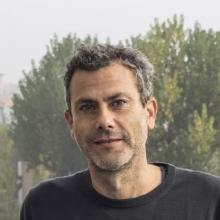
Daniele Varsano
Daniele Varsano obtained the PhD title in 2006 from University of Basque Country (Spain), then he moved as a post-doc research scientist at Italian Research Council S3 Center in Modena, and from 2010 to 2013 he has been researcher at the Physics Department of University of Rome "La Sapienza" Italy. Since 2013 he is research associate at the Institute of Nanoscience of Italian Research Council in Modena.
His research activities focuses on the development of ab initio methods for excited state calculation and atomistic modelling of photoactive biomolecules, nanostructures, photocatalytic and photovoltaic materials. He’s author of more than 50 articles in international peer-reviewed journals, book chapters and review articles on these topics. He’s member of the Yambo code developers team, co-organisers of the Yambo schools series and administrator of the Yambo user forum.

